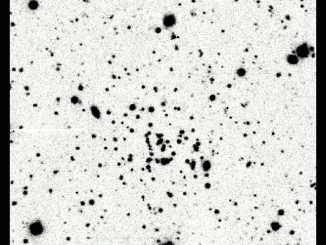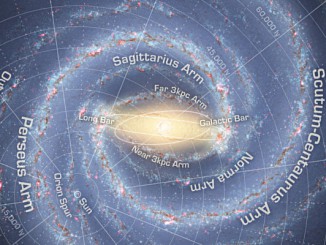
National Science Foundation

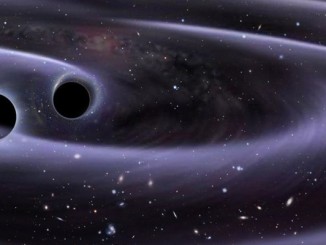
Newly dedicated observatory to search for gravitational waves
Seeking to expand how we observe and understand phenomena such as supernovae and colliding black holes that generate gravitational waves, the National Science Foundation has just dedicated the Advanced Laser Gravitational Wave Observatories (Advanced LIGO) in Richland, Washington and Livingston, Louisiana.
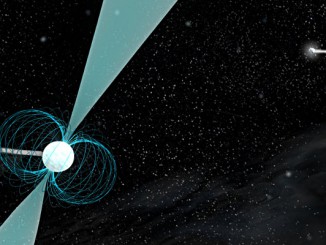
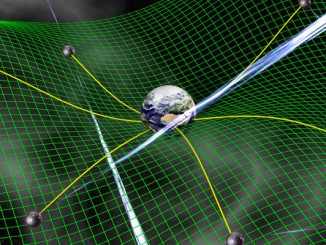
Race to detect gravitational waves intensifies
One of the great challenges in astrophysics is the detection of low-frequency gravitational waves — elusive ripples in the fabric of space-time caused by extremely energetic and large-scale cosmic events. To this end, the National Science Foundation (NSF) has awarded the North American Nanohertz Observatory for Gravitational Waves $14.5 million over 5 years.
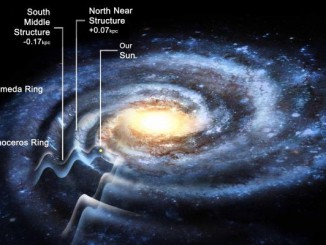
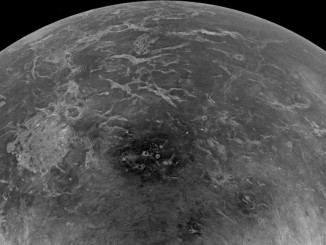
Venus revealed in high-resolution radar images from Earth
By combining the powerful radar transmitter of the Arecibo Observatory and the Green Bank Telescope (GBT) — the world’s largest fully steerable radio telescope — astronomers were able to penetrate the visually opaque atmospheric veil of Venus to make remarkably detailed images of the surface of the planet without leaving Earth.
